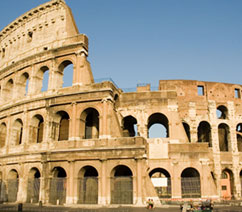
| HOME | ABOUT | APPLICATIONS | TECHNICAL | PROJECTS | LOCATIONS | CONTACT US | LINKS |
Applications |
 |
Silica Fume & SustainabilityWithout a doubt, the use of silica fume, pound for pound, provides the most positive Sustainability impact of all the Supplementary Cementitious Materials (SCM), only three of which (Silica Fume, Fly Ash and Slag Cement) are also known as Recovered Mineral Components (RMC) as identified by the Environmental Protection Agency (EPA). Silica fume is by comparison a small volume SCM but with the largest relative impact, requiring minimal production and transportation efficiencies, making the incorporation of silica fume environmentally conscientious. With the ability to significantly reduce the concrete footprint, silica fume also has a profound impact on extending the life cycle of concrete, the premiere global building material. Long service life, durability and the potential to withstand catastrophic events, silica fume concrete will provide excellent resilience, furthering the cause of Sustainability. Following data are derived from EPA report to Congress EPA 530-R-08-007, Life 365 version 2.0, and Bath University’s Inventory of Carbon & Energy (ICE):
Table: Comparative values of Supplementary Cementitious Materials (SCM) / Recovered Mineral Components (RCM)
|

ROMAN COLISEUM  |